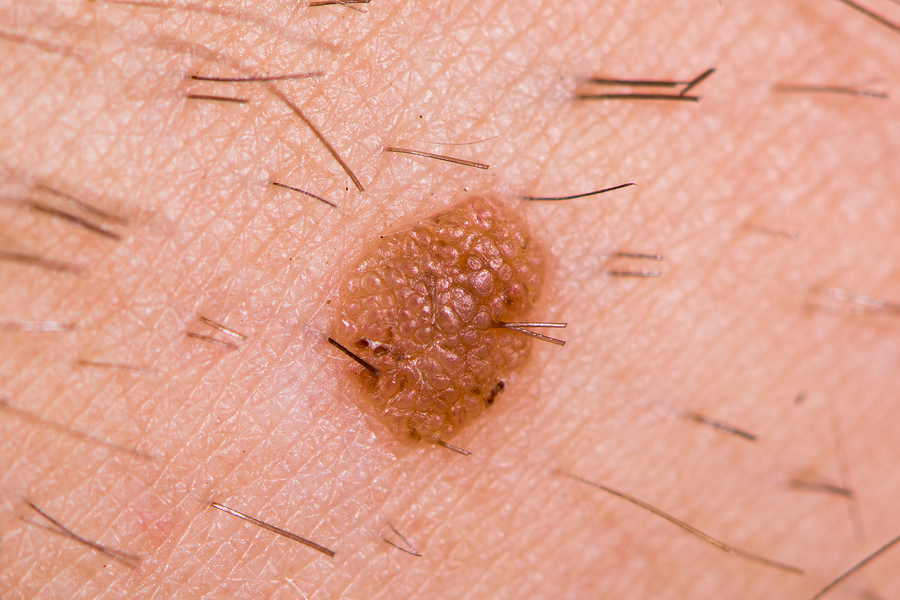This Giant Bird Went Extinct 600 Years Ago. Scientists Say They Can Resurrect It.
Here’s what you’ll learn when you read this story:
Only a few months after announcing the controversial “de-extinction” of the dire wolf, Colossal Biosciences has now set its sights on restoring the nine species of giant moa that roamed New Zealand some 600 years ago.
The biotech company plans on extracting DNA from moa bones and comparing to them to living relatives—such as the emu and the tinamou—to see what edits need to be made to bring back these flightless legends.
Although this project will include more DNA edits than the dire wolf project, many scientists are skeptical that any resulting genetically modified organism will be anything more than a facsimile of the original, leaving them unable to fulfill the moa’s original ecological role and relegating them to a life of captivity.
Earlier this year, scientists at the Texas-based Colossal Biosciences boldly announced the “world’s first de-extinction” by bringing back the long dead dire wolf.
Nicknamed Romulus, Remus, and Khaleesi, these pups were far from the magnificent animals that prowled North America before the early Holocene. Instead, as Colossal’s own chief science officer later clarified, they were really just grey wolves with around 20 gene edits—not the millions that’d likely be needed to actually create a dire wolf (if such a thing was even possible).
Now, Colossal is at it again. And this time the company wants to bring back all nine species of the giant moa—a flightless bird native to New Zealand that died out as a result of overhunting some 600 years ago. Of course, this announcement differs from the previous one in a key way: They didn’t actually bring the bird back (at least, not yet.)
But a media blitz of news coverage, interviews with legendary New Zealand director Peter Jackson, and a flashy announcement video show that Colossal is serious about bringing the giant moa back to the southwestern Pacific island.
This diverse group of birds sported a variety of different attributes and (most notably) sizes. The smallest of the bunch—the bush moa (Anomalopteryx didiformis)—was about the size of a turkey, while the the South Island giant moa (Dinornis robustus) and North Island giant moa (Dinornis novaezealandiae) both stood roughly 11 feet tall.
Even through they looked like a strange cross between an emu and kiwi, the moa’s closest living relative is the tinamou group, which lives in central and South America. With the geographical differences providing a big clue, the word “closest” is doing a lot of heavy lifting, as the two groups separated roughly 60 million years ago.
The Associated Press reports that Colossal will first identify well-preserved moa bones from which DNA can be extracted. For his part, Jackson himself owns the world’s largest collection of moa bones (around 300 to 400 specimens). From there, they’ll compare the genetic sequences to tinamou and emu, the latter of which will be required for their impressive stature.
“What emus have is very large embryos, very large eggs,” Andrew Pask, a Colossal scientific advisor from the University of Melbourne Australia, told New Scientist. “And that’s one of the things that you definitely need to de-extinct a moa.”
Pask also clarified that this project will be more expansive than the dire wolf project, and that there will be “orders of magnitude” more DNA edits. The other (sort of) positive is that the moa hasn’t been extinct for thousands of years like the dire wolf, so its natural ecosystem hasn’t evolved far beyond its extinction.
Some scientists are critical of the idea. Even with the more DNA edits, the resulting “Colossal moa” won’t be a de-extinct moa, but a genetically modified animal that’s a close facsimile to the original. It’s also unlikely that these GMO-moas will ever be able to roam their natural habitat. They may look like moas, but they won’t be able to fulfill the moa’s ecological role, which will relegate them to a life as little more than a living museum piece, like the dire wolves.
Despite Colossal’s attempts at “de-extinction,” genetic modification does play an increasingly important role in conservation. Genetic research brought the critically endangered black-footed ferret back from the brink, and that’s just one of many examples.
The world is currently experiencing its sixth mass extinction, with potentially thousands of species lost every year. Bringing back woolly mammoths, dire wolves, and giant moa (or close approximations of those ancient creatures) is undeniably enticing, but it doesn’t do much for the animals and ecosystems that need our help today.
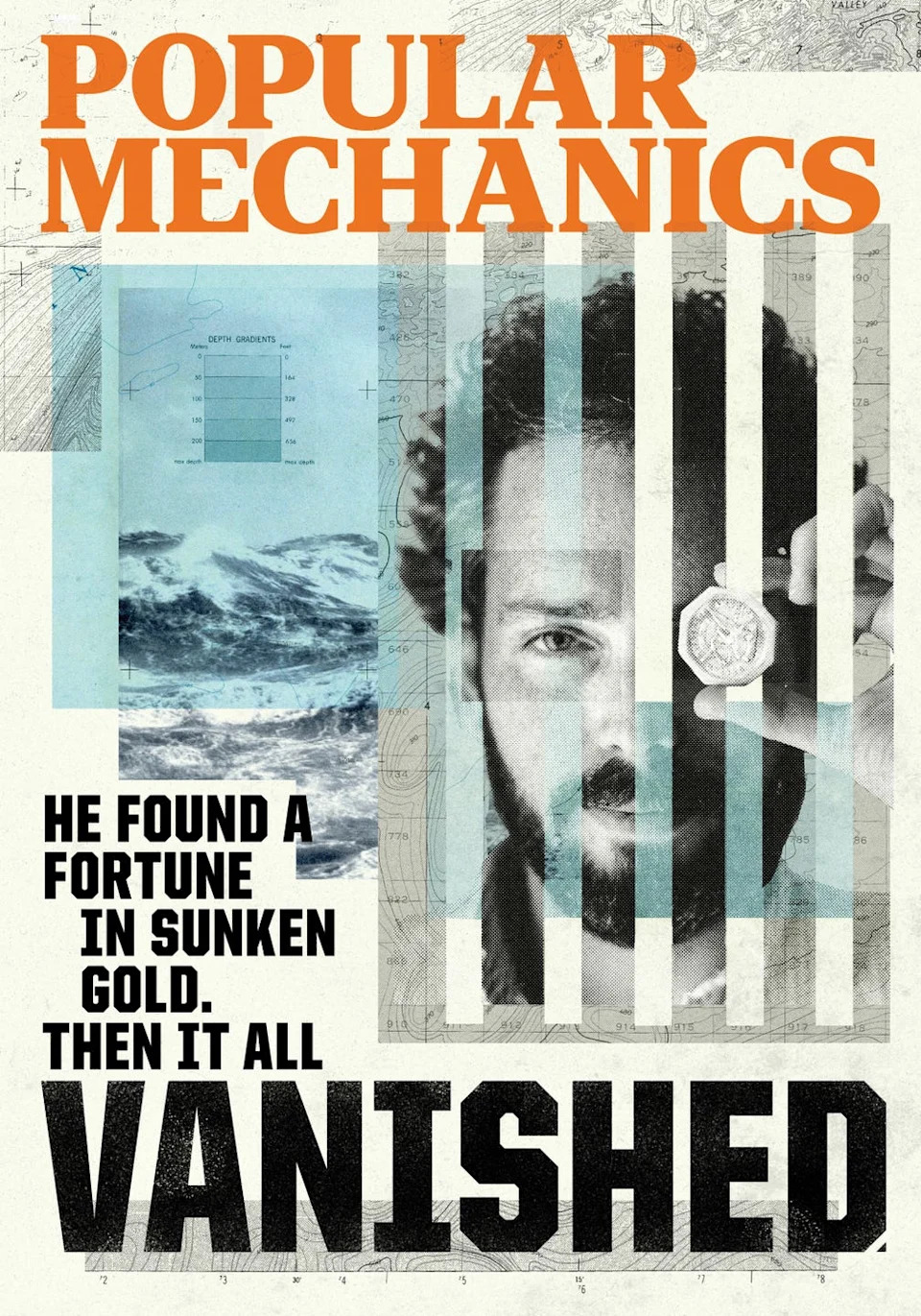 Photo credit: Hearst Owned
Photo credit: Hearst OwnedGet the Issue
 Photo credit: Hearst Owned
Photo credit: Hearst OwnedGet the Issue
 Photo credit: Hearst Owned
Photo credit: Hearst OwnedGet the Issue
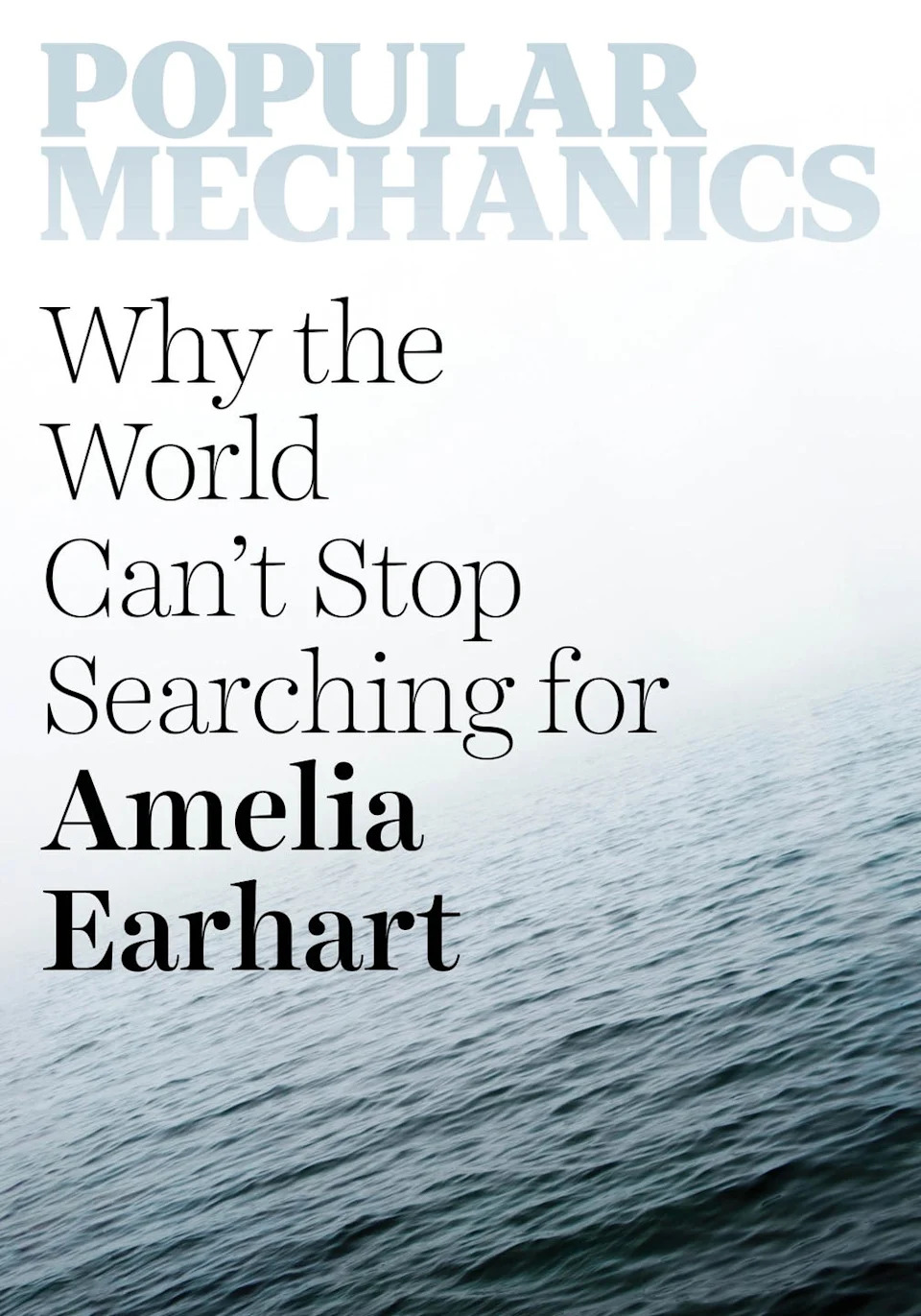 Photo credit: Hearst Owned
Photo credit: Hearst Owned Get the Issue
 Photo credit: Hearst Owned
Photo credit: Hearst OwnedGet the Issue
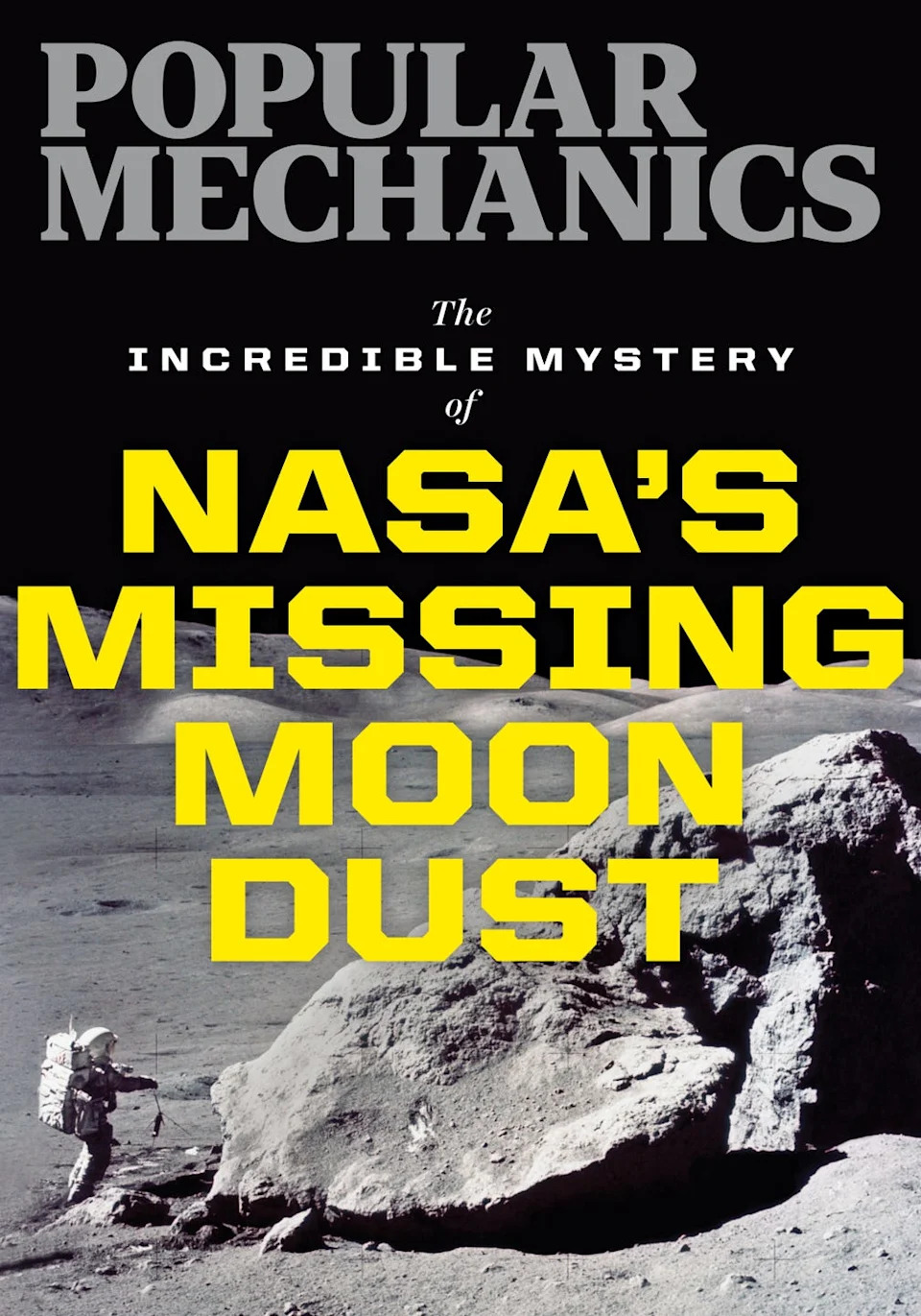 Photo credit: Hearst Owned
Photo credit: Hearst OwnedGet the Issue
 Photo credit: Hearst Owned
Photo credit: Hearst OwnedGet the Issue
 Photo credit: Hearst Owned
Photo credit: Hearst Owned Get the Issue
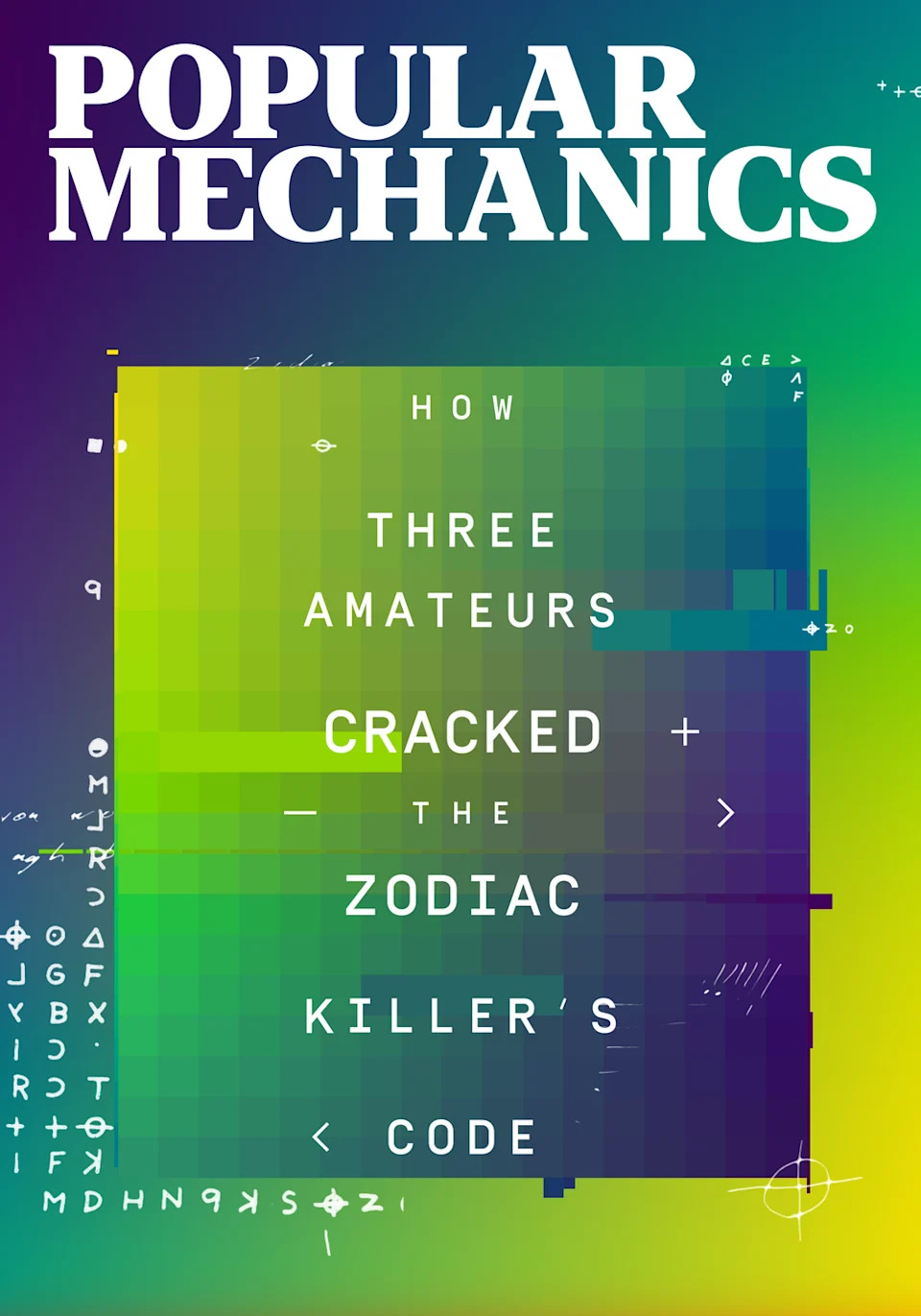 Photo credit: Hearst Owned
Photo credit: Hearst OwnedGet the Issue
You Might Also Like
The Do’s and Don’ts of Using Painter’s Tape
The Best Portable BBQ Grills for Cooking Anywhere
Can a Smart Watch Prolong Your Life?






